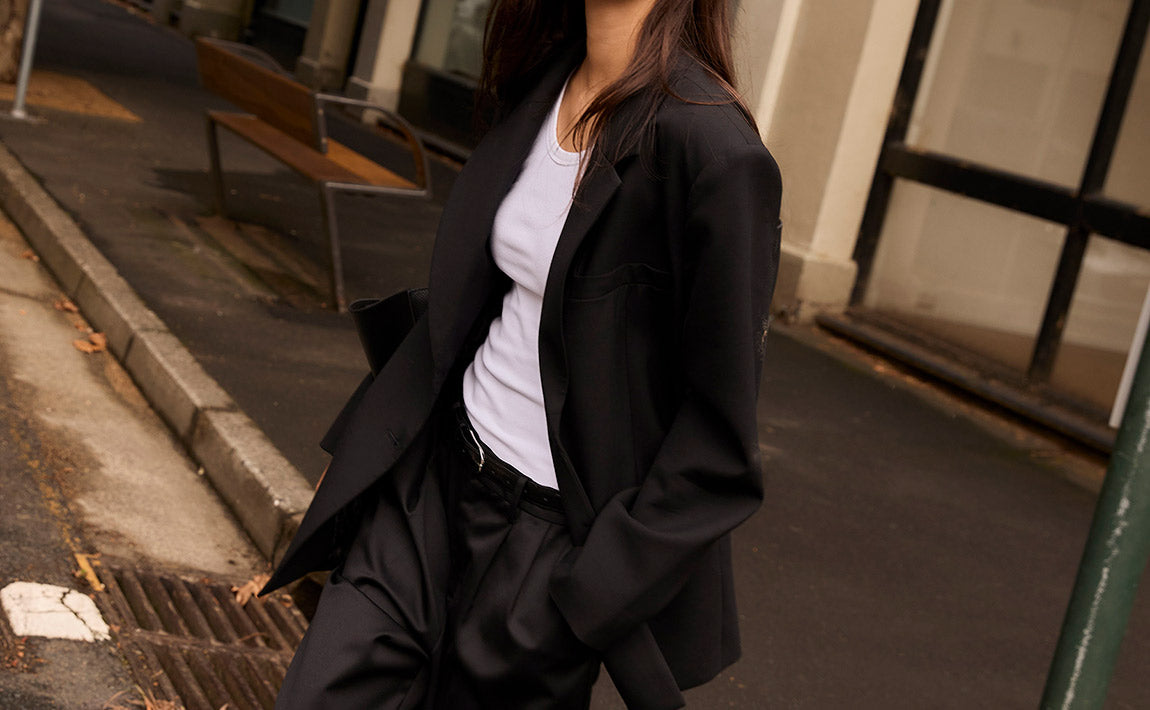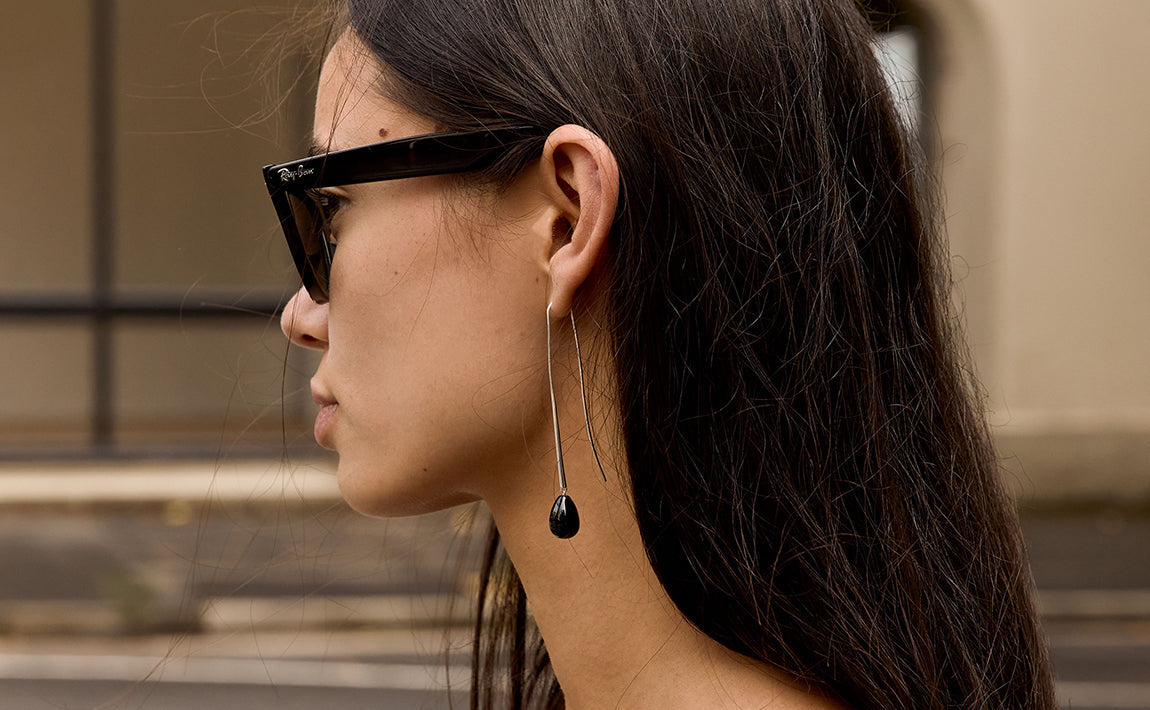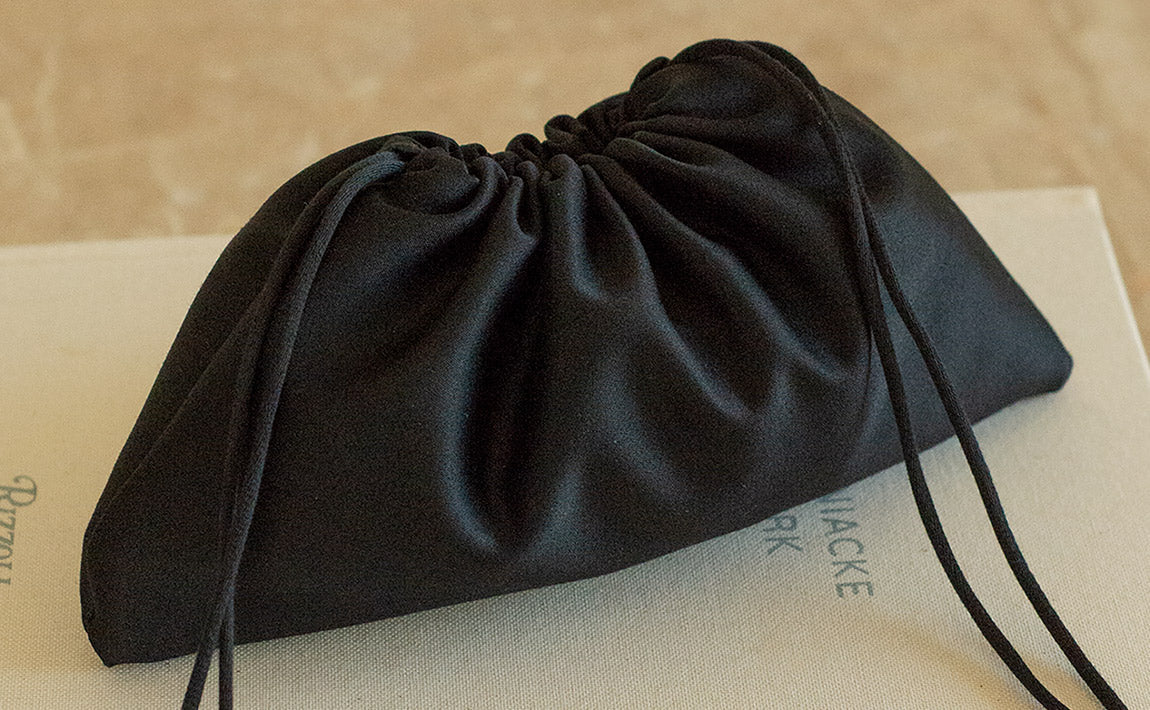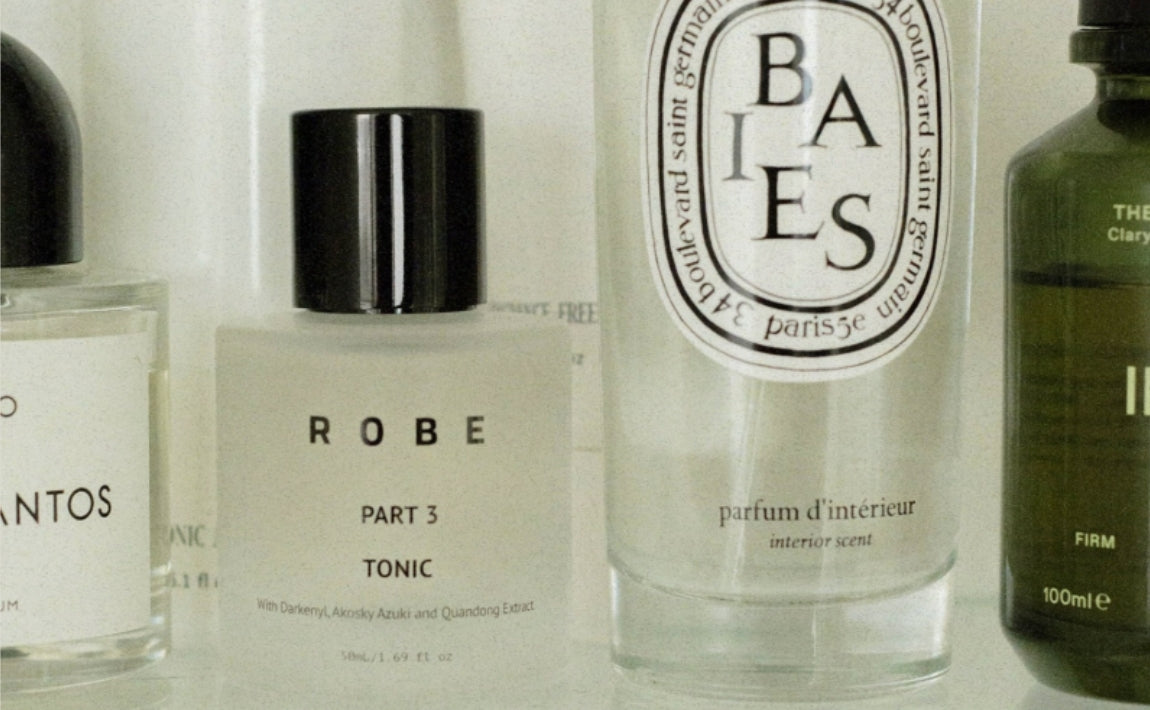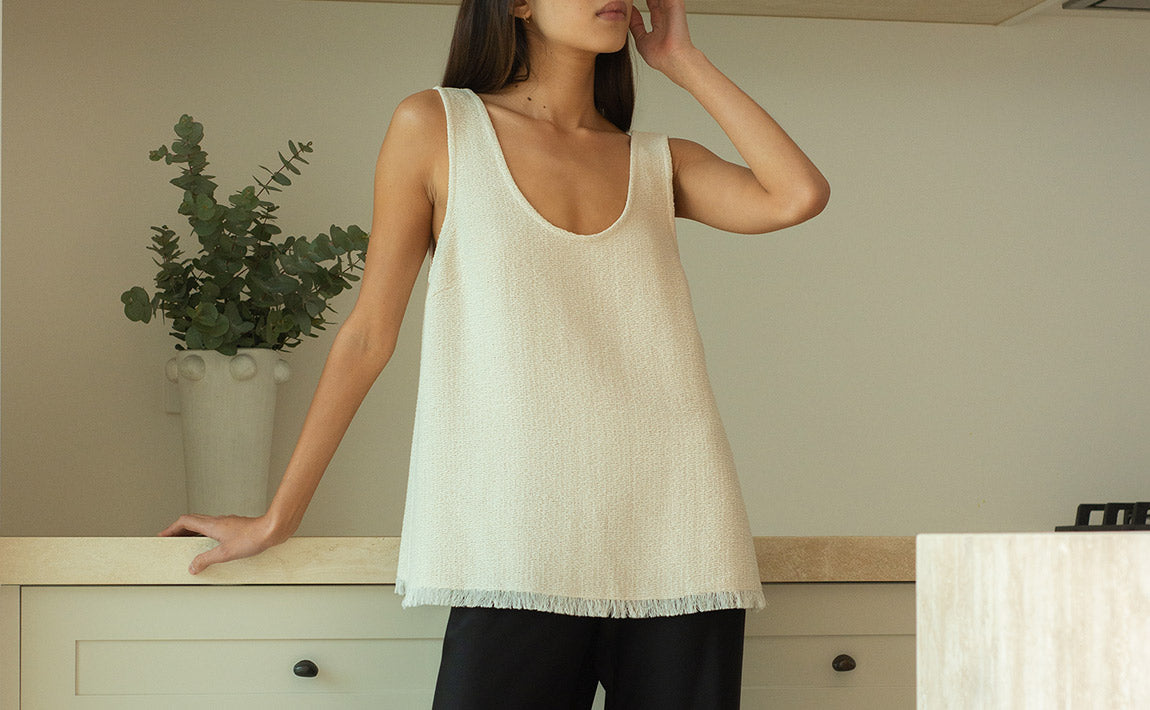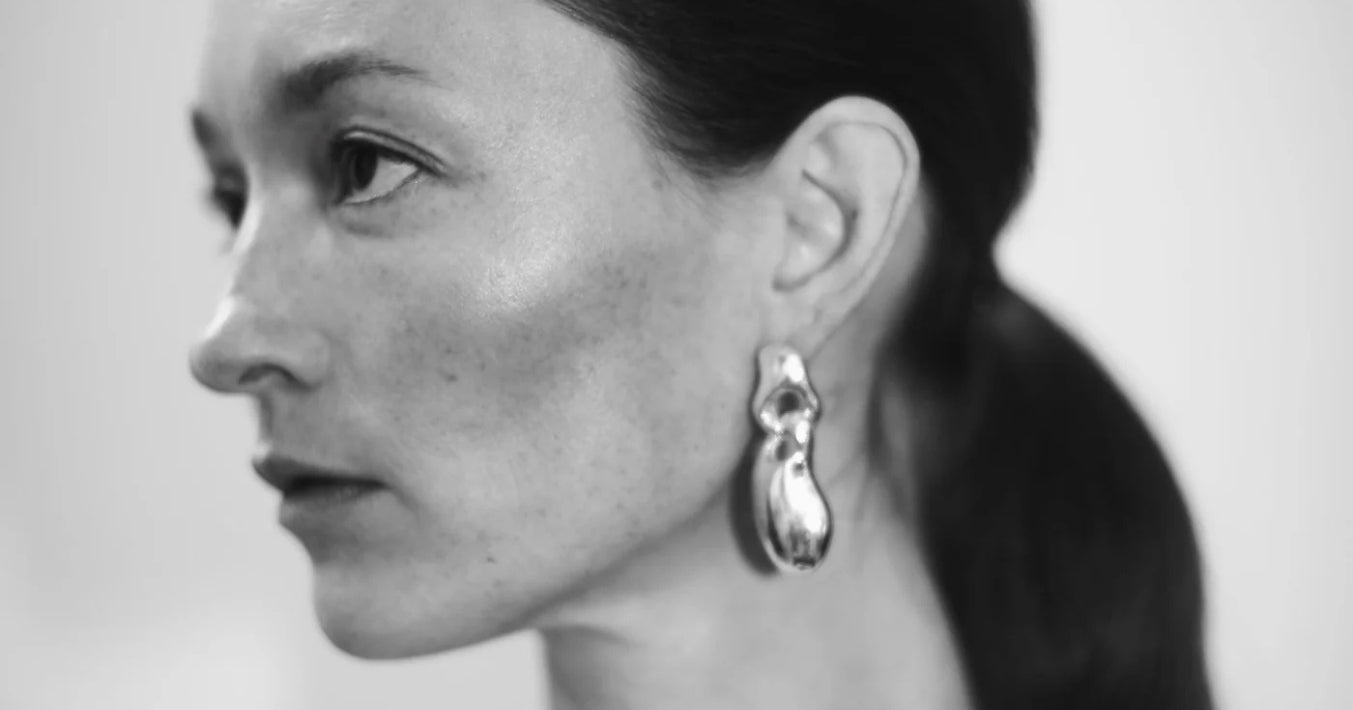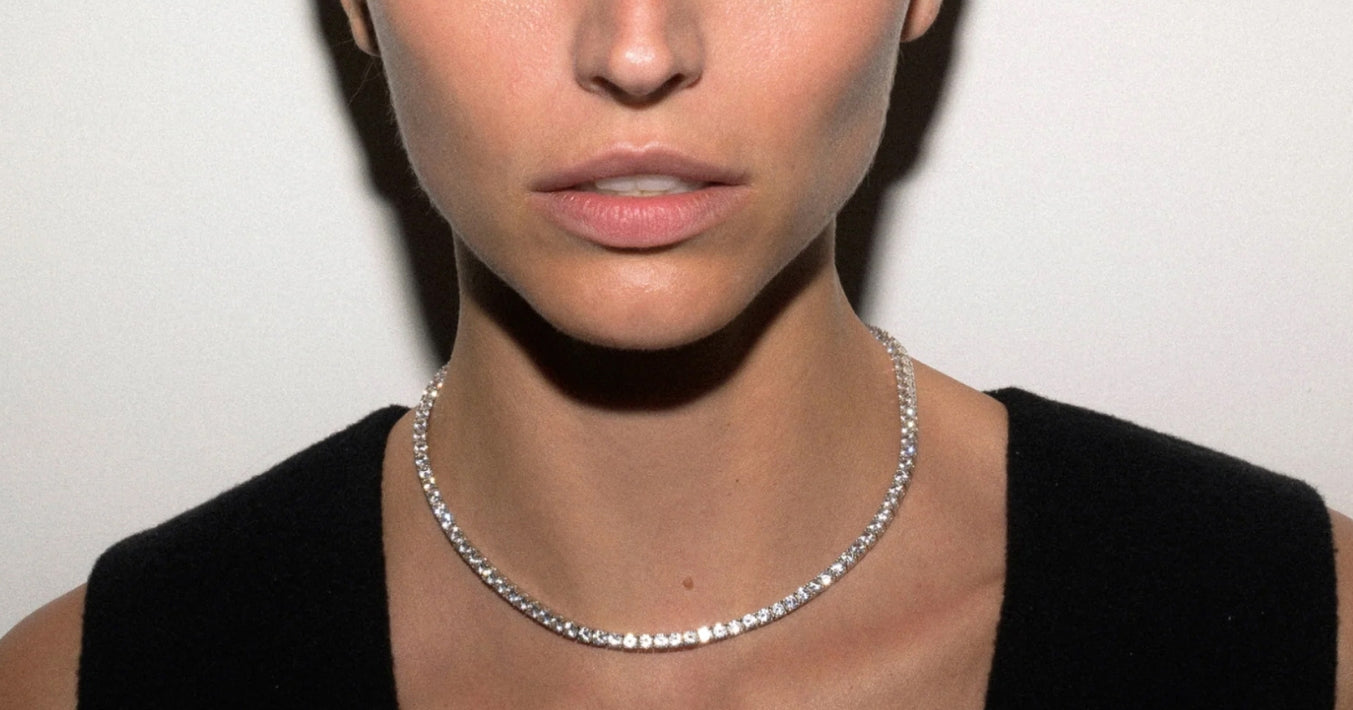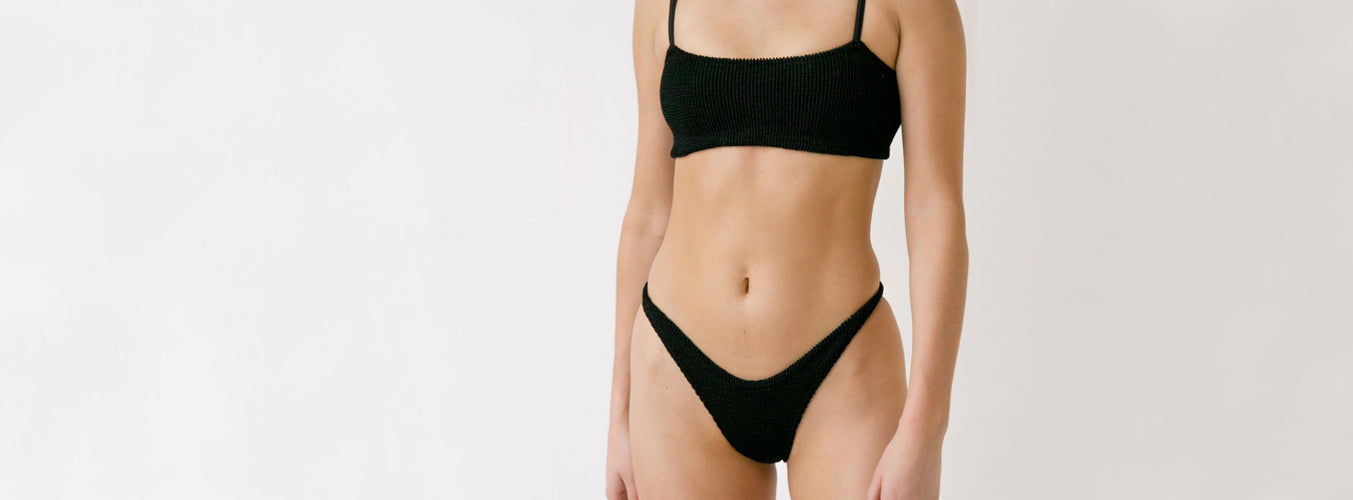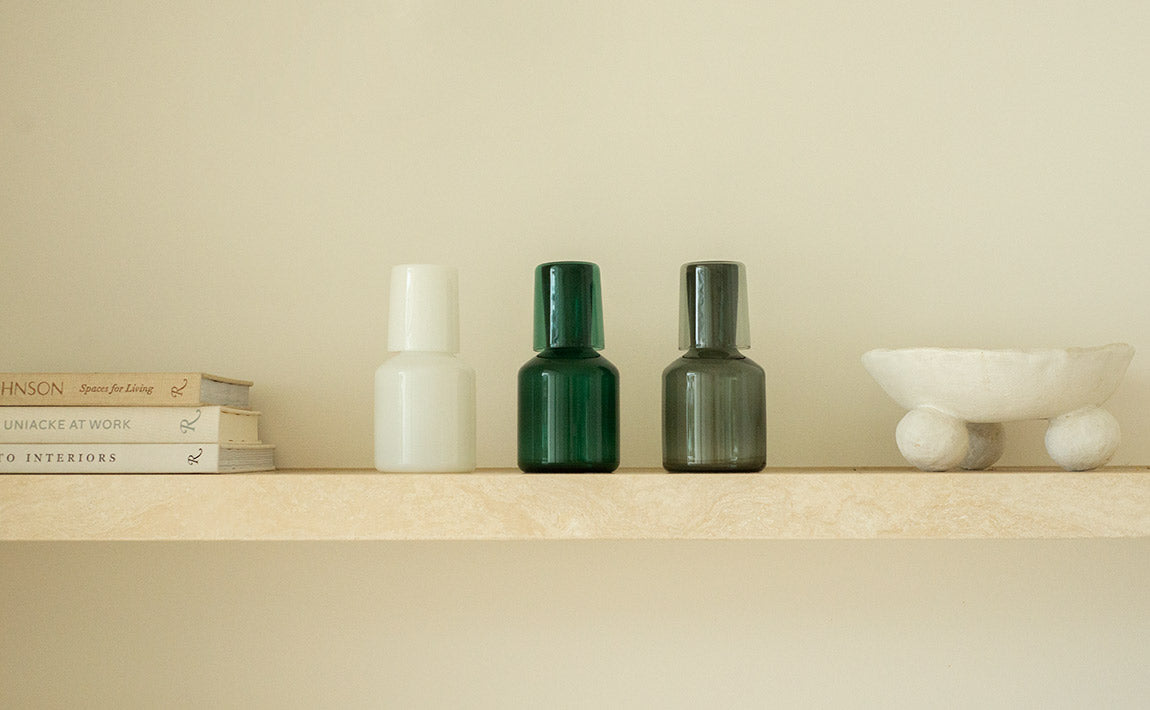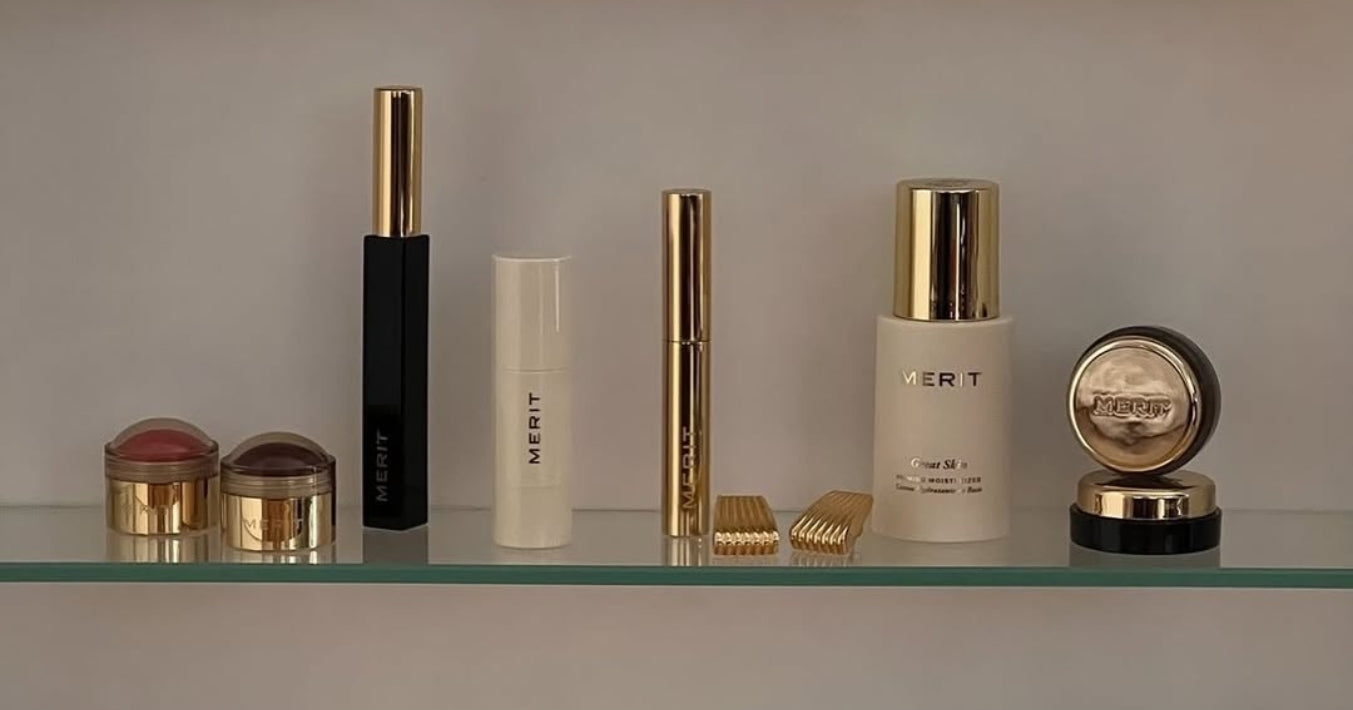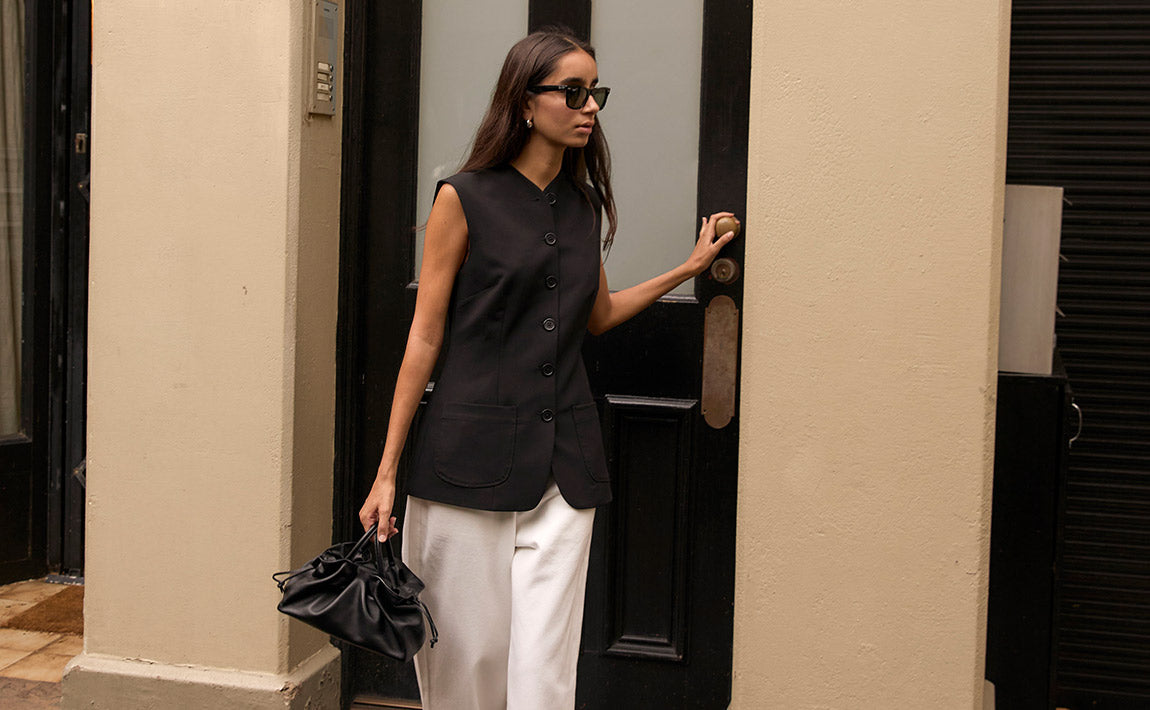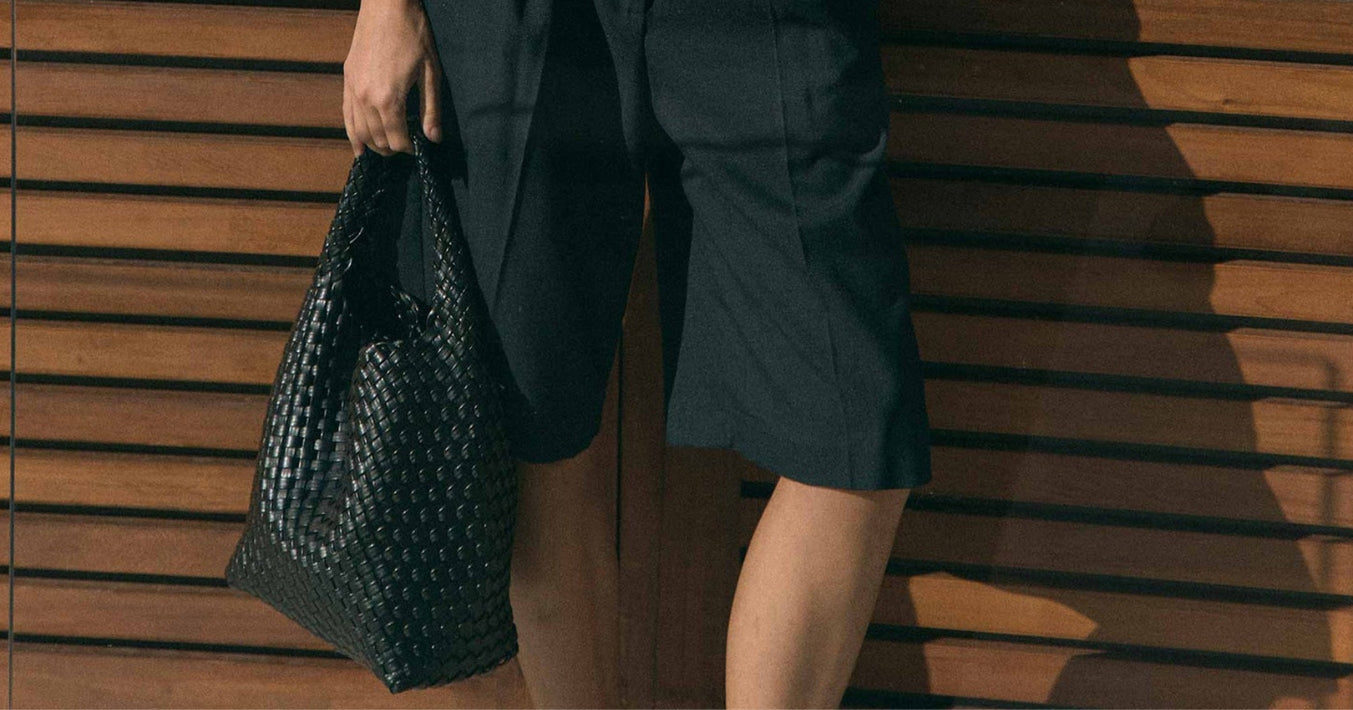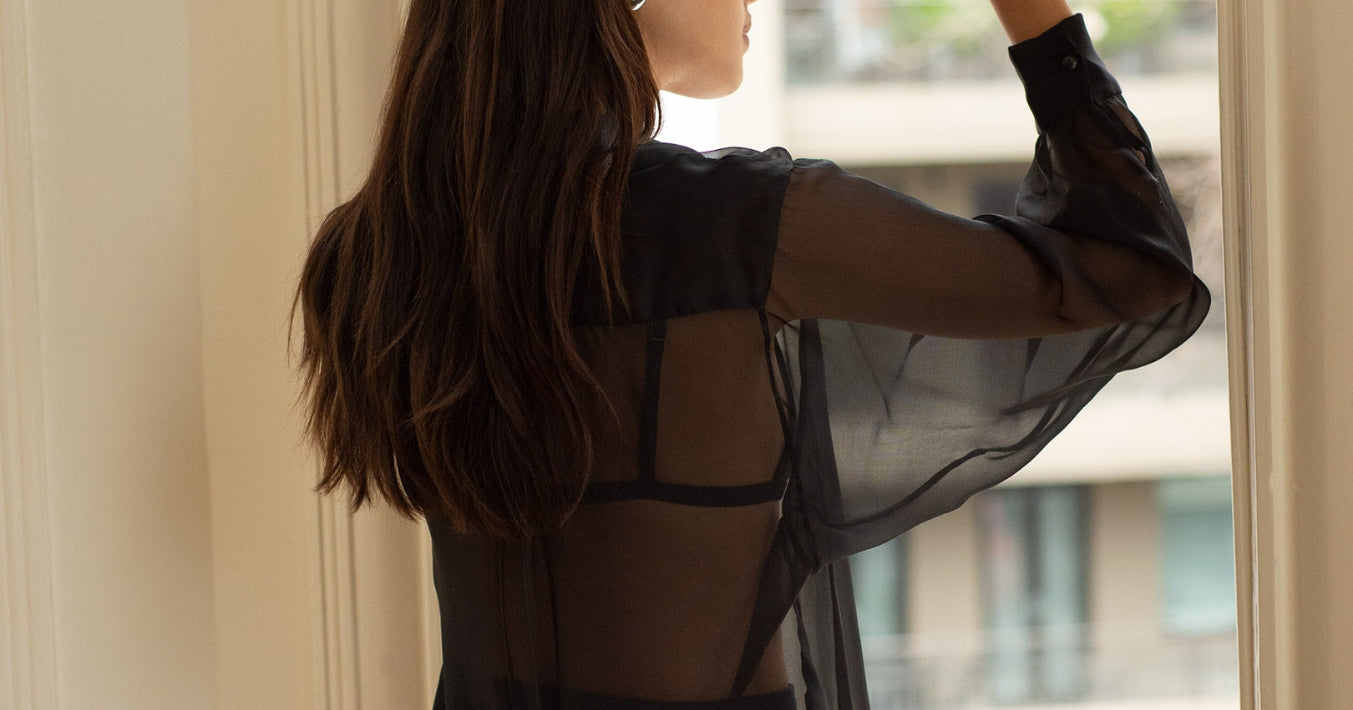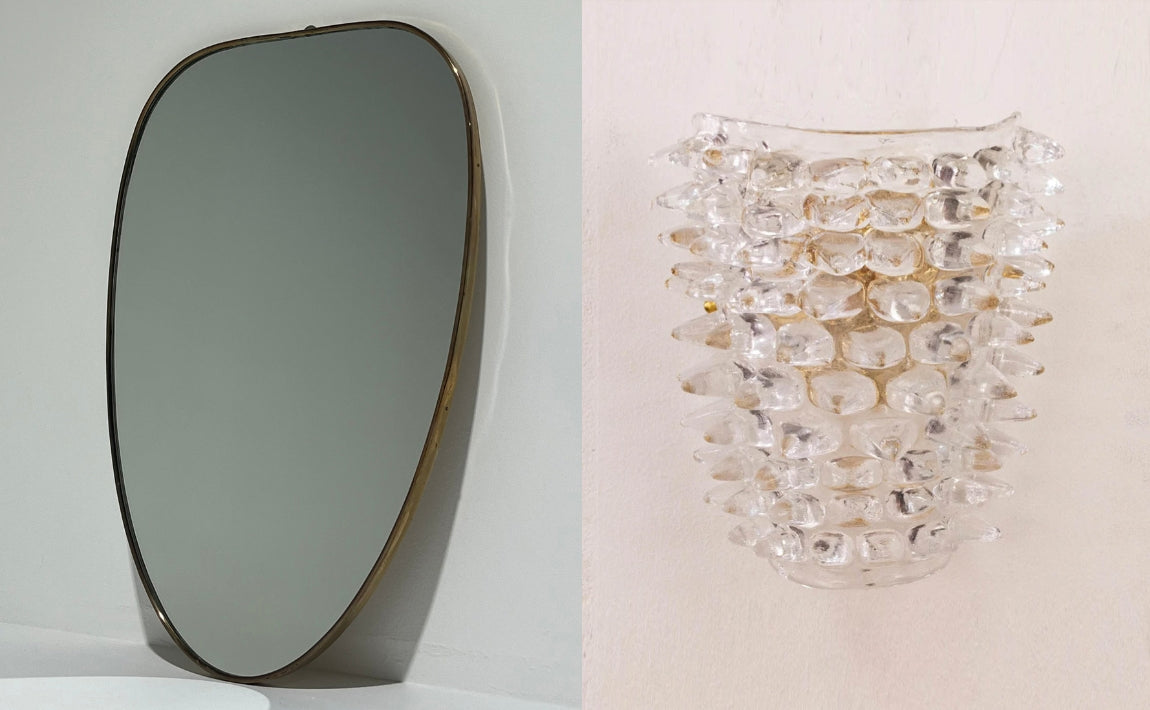How To Keep Your Personal Style During Pregnancy (And Avoid Maternity Wear)
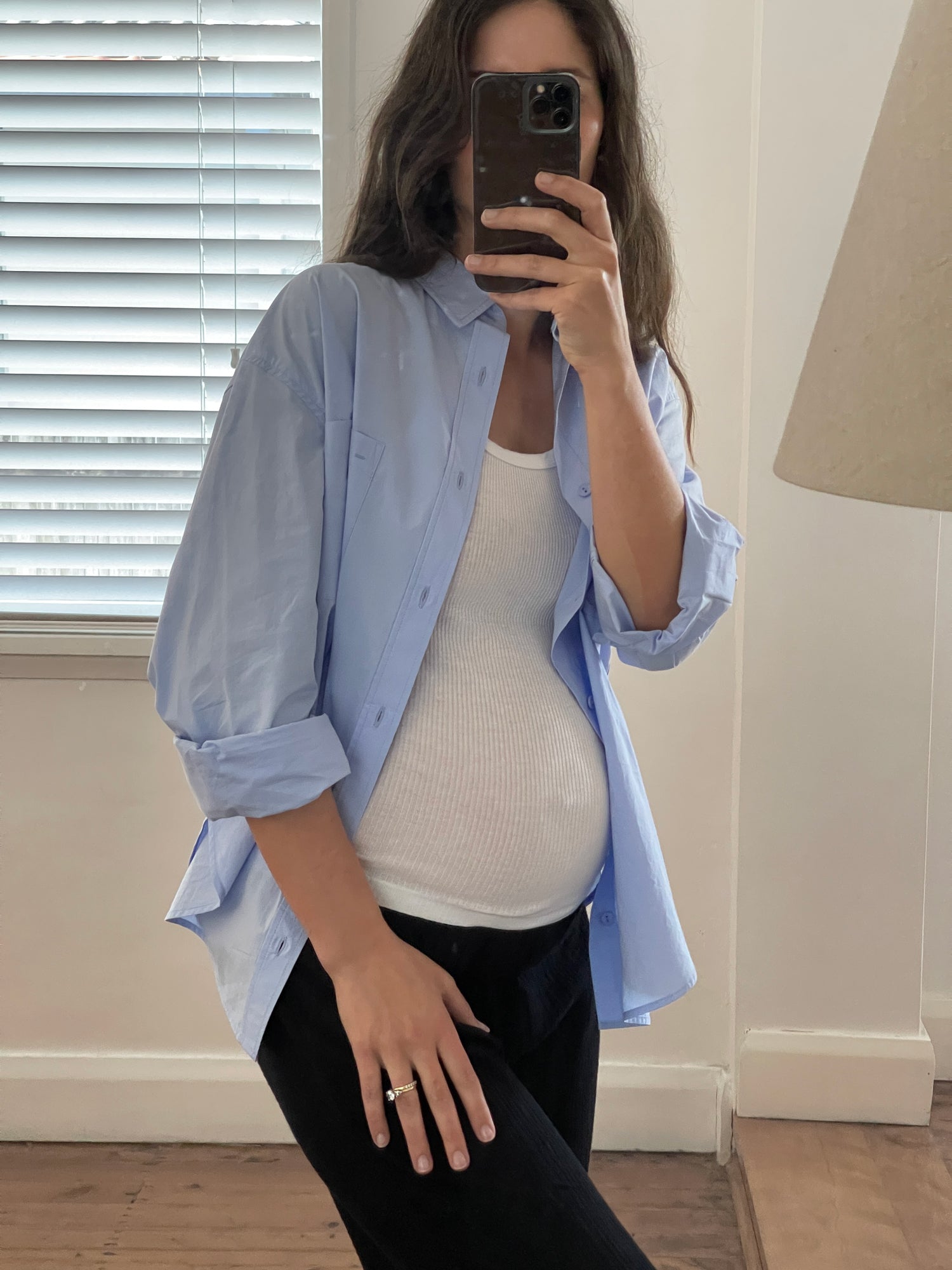
The maternity wear business is a big one — and it’s only growing. Valued at US$26.05 billion (approximately AU$40 billion) in 2024, it’s expected to nearly double in the coming decade to US$50.51 billion (AU$77.68 billion), a pretty concerning statistic given that the entire category caters to just months of wear. Yes, these purpose-made pieces are well suited to accommodating a growing and changing body, particularly in those final months, but save for a few postpartum months, where does it all go?
The waste problem aside, there’s also the issue of losing one’s self. At a time when so many elements of your being are changing, then changing some more, clothing is often the final frontier, the one element of your being that’s very much in your control. That is until you’re reduced to a category of clothing that not only wipes away any trace of your own personal style, limits you to synthetic stretch fabrics or parachute silhouettes, but also threatens a harmful environmental footprint.
“I’ve always wondered why, as women, we have to compromise so much when it comes to pregnancy fashion,” creative and first-time mum to newborn Archer, Ally May Carey, tells The Undone’s Journal. “The brands that are dedicated to pregnancy style are very lacklustre for the fashion girl. In a time where you’re figuring out your body shape, who you are now, who you’re going to be in nine months, it’s wild that we have to let go of one aspect that makes us feel like us.”
Carey revelled in the body pregnancy gave her. “For the first time in my life, I really appreciated my body and the efforts it was going to, to grow a little human. I felt the most beautiful I have ever had.” Feeling more connected to herself than ever before, it was only natural that she would too remain true to her own personal style throughout pregnancy. “For me, I held onto my style, and made a conscious effort to feel like me. Of course, this didn’t happen every day, but for the most part it did.”
This desire to maintain one’s self in a period of great flux was too felt by The Undone’s founder, Sara Crampton, whose thoughtful approach to dressing remained steadfast throughout both her pregnancies. “...Something happens during pregnancy, well, a lot happens, actually, but there comes a moment when you realise you no longer fit your clothes and you feel overwhelmed and lost. Our clothes hold so much power in them, telling the world who we are through what we wear, so to be forced into wearing something that contradicts that part of ourselves can feel very uneasy.”
But to Crampton, and for no doubt many others, it’s not just aesthetics to consider when it comes to what you wear throughout pregnancy — “we’re always talking about wearing and re-wearing your clothes for as long as possible, avoiding trends and one time wears…” While fast fashion is firmly in our sights when it comes to environmental impact, it only makes sense that maternity wear is viewed through a similar lens. A whole category has been designed around what is a relatively short period in a person’s life. And what to do with that section of your wardrobe once you’ve had your child? Save for the postpartum period, it’s likely to go on ignored and unworn.
While maternity wear may be essential in some circumstances — everyone’s experience of pregnancy is so unique that it may not be feasible to write off the category completely — it is important to think about the wider impacts of these temporary pieces. “I think new and especially first-time mothers are the perfect captive audience for non-essential categories like maternity and postpartum wear,” explains writer Jade Fox, who is ever-exploring what it means to be a mother in our modern world through her newsletter, Dear Dilate. “But from an environmental perspective, it is so wasteful.”
According to the Ellen MacArthur Foundation’s report titled A new textiles economy: Redesigning fashion’s future, clothing utilisation – “the average number of times a garment is worn before it ceases to be used” – has decreased by at least 36% compared since 2000. The document also estimates that some garments are estimated to be “discarded after just seven to ten wears.” And it’s not just the limited lifespan of maternity wear that’s of concern — to ensure these garments have the appropriate amount of give in them, they’re often made from synthetic fabrics like polyester, which blends various materials and, therefore, is harder to recycle back into production.
All this is to say that, yes, avoiding ‘temporary’ clothes should be the norm. But how do we parse that when women themselves are about to enter their own new norm? For women like Emrys Cousins — founder of Love Well, a platform which sources and curates precious vintage jewellery — there is a way to bring together the old and new you. “I’ve definitely dressed from my existing wardrobe and added in options very minimally. I’d prefer to rewear the same pieces over and over rather than buy a whole new set of clothes for such a short period of time.”
As a self-confessed lover of dressing up, outfitting herself for pregnancy provided Cousins with a challenge — to maintain her personal style in a way that still accommodated, but wasn’t only bought for, her growing body. “I’ve really challenged myself to not buy things I won’t wear after pregnancy, which can be very limiting when considering that I am not my normal size, but I also don’t want to buy pieces that aren’t my normal style… I’ve actually surprised myself that my aversion to buying ‘temporary’ clothes has been greater than my desire to wear ‘new’ as I really do love clothes and getting dressed. I think my husband is bemused, and maybe even impressed, with my constant outfit repeating!”
Now in her third pregnancy, Cousins has conscious pregnancy dressing down to a fine art — “I’ve taken this to quite an extreme and I’m down to about four staple outfits.” Her hero pieces? “I had a pair of Harris Tapper pants on pretty high rotation before, and I’m still wearing them non-stop now! Although they previously sat mid-waist and now they roll down low, but they still hang well. The pants aside, I’ve worn pretty much everything from button down shirts from Beare Park and stretchy rib tanks to my husband's t-shirts and even sarongs.”
Fox has adopted a similar approach to pregnancy style — currently pregnant with her second child, Fox has taken her wealth of learnings from her first experience of pregnancy, namely the importance of maintaining a sense of self, into the next.
“With my first, I feel I overlooked the importance of, and played down the connection I have with fashion. I just squeezed into my normal clothes but I didn't feel good. Even postpartum, I did not feel like myself, my body was still understandably swollen and breastfeeding did not shed kilos like everyone tells you it does. So this time around I am buying key pieces that I know I feel good in and remove any pressure in the postpartum period to fit into my old clothes.” Fox cites her favourite pair of Harris Tapper pants (the same pair Cousins mentions above), pieces from Matteau and Deiji, and stretchy singlets from Toteme layered with an open shirt, as her saving graces. “All items I can wear once now and forever.”
For Carey, pregnancy actually prompted her to dress with more confidence than ever. “Pre-pregnancy, I never reached for tight fitting items, but during pregnancy I loved a tight top, dress or bare belly. I was fortunate that I was pregnant during a time in fashion when tighter items (thanks ’90s!) are in fashion! Now that I have had my little man, I miss dressing my bump.” Other staples included silk pants (“as they could be casual or dressy”) and maxi skirts that are elasticated or draw string, tank tops (“that I would pull up to show my belly”), and anything else low waisted.
These three women signal a great shift that’s about to come. Providing a wealth of first-hand accounts is Fox’s Dear Dilate community, a group of conscious women who are walking a similar path to their founder. “I have learnt that women are no longer shopping for just one moment in their lives, be it pregnancy, postpartum or even an event or holiday. They are looking for pieces that they can see themselves in for years to come,” Fox explains. “Sure, during pregnancy this may mean styles that stretch and shapeshift along with their changing bodies but they will not sacrifice style or quality. They understand clothes fit the body and not the other way around which helps to simmer the pressure to "bounce back". So, when searching for maternity wear, they’re only buying pieces that will take them through all the seasons and beyond.”
With Cousins, Carey and Fox able to confidently say that they stayed true to their own personal style throughout pregnancy, naturally, they are a wealth of knowledge for others wanting to do the same. Here, we bring your their biggest pieces of wisdom for avoiding maternity clothes and maintaining their personal style:
Take stock of what you already have
Before even considering new pieces, figure out what you’re already working with. “Firstly, create a section in your wardrobe for pieces that fit. I find it very helpful having these separate from all the things that don’t fit,” recommends Cousins. Once you know what you can work with, you can then fill in any gaps thoughtfully. For me, that has meant sparingly adding in a few things I feel good in now but I know I’ll wear next summer. If I was pregnant during winter, I would have chosen a few new jackets and knits to be worn through this pregnancy and beyond.
Get creative with your pieces
If you’re intent on wearing your existing wardrobe throughout your pregnancy, you’re going to have to think outside of the box. If you don’t want to lose your style, simply opt for things you know you’ll wear after, and size up. Missing denim? Shop the men’s section,” says Carey, speaking from personal experience. “Sizing up in women’s denim was too hard due to the excess fabric on the hips, but perfect fit on the waist.” You’re also going to have to get a little crafty. “Fasten your jeans, pants, and skirts with a hair tie where possible (and for as long as you can) and layer a big shirt or tee or longer silky cami over them,” recommends Cousins. “Also, sarongs make perfectly acceptable skirts even when not at the beach!
Find your uniform
Pregnancy dressing is the ultimate practice of utilising a capsule wardrobe, so treat it like such. If your pregnancy style is loose pants with a button down shirt, build this out with a few different shirts and two trousers you can rotate between. If you feel great in a tight fitted dress, find one that you can wear multiple times a week and layer with shirts or jackets to make it feel fresh.
Accessories are your wardrobe heroes
If you are wanting to invest in new pieces during your pregnancy, a simpler and more sustainable way to do so is investing in accessories you can wear throughout those 9 months and beyond. “Being pregnant is a nice time to invest in shoes, bags and jewellery that will give your ‘on-repeat’ pregnancy wardrobe a refresh,” says Cousins. “You’ll love them now, and still be able to wear them post-pregnancy!”

